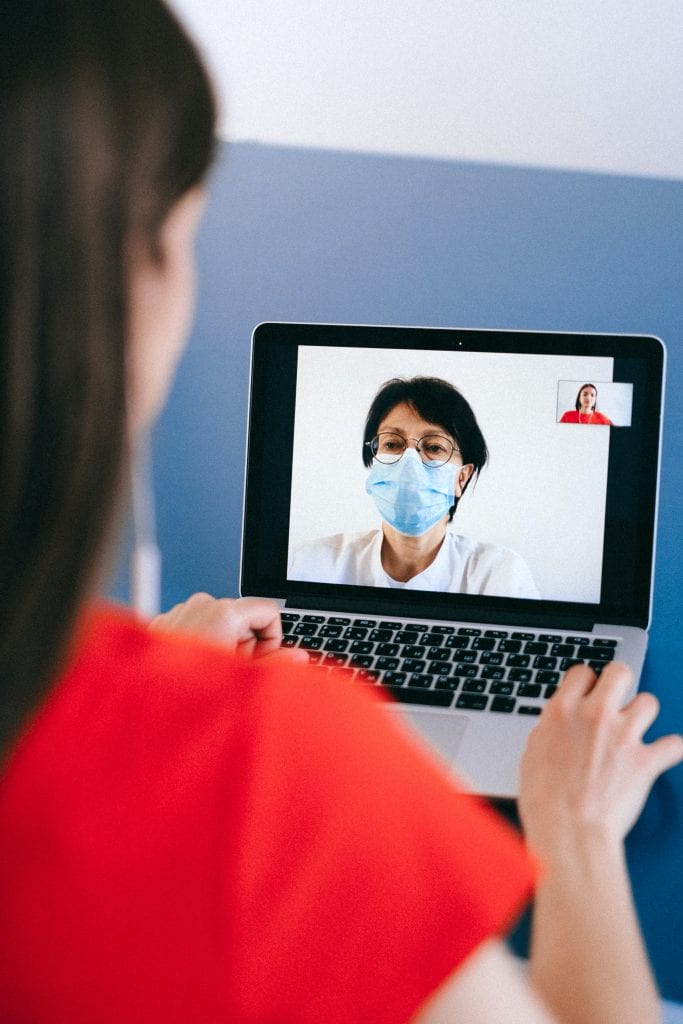
During the COVID-19 pandemic, telemedicine appointments have gone from a rare novelty to a popular necessity, especially for children. These face-to-face virtual appointments allow doctors and patients to meet safely, and they ensure a child’s essential health needs are being met. Children’s Hospital Los Angeles pediatrician Mona Patel, M.D., offers advice on how to have a successful telemedicine visit.
Under what circumstances is a telemedicine appointment a good option?
Telemedicine is a great option when a patient lives far from a medical center or needs a follow-up type of appointment that may not require an in-person physical examination. It’s important to note that telemedicine appointments are conducted with the same professionalism and medical expertise as an in-person visit. Especially during the pandemic, behavioral and mental health services have been ideal types of telemedicine appointments as they allow access to much-needed therapy for patients and families.
What types of things really must be dealt with in person?
Appointments should be done in person if a patient has an urgent or acute medical condition, especially one that requires a physical examination, or if there is a difficult conversation the doctor must have with the patient. Also, if there are needs for procedures like a blood draw, an X-ray or MRI, vaccinations, injections or treatments during an appointment, then those should be done in person.
How can families prepare for a telemedicine appointment? What types of information should they have at hand?
Many practices require that patients submit several forms in advance of a telemedicine appointment. These can cover family medical history, pre-existing conditions, allergies and a list of medications the patient is taking, along with insurance information, primary care physician contact, preferred pharmacy, payment information and patient privacy guidelines.
Preparing in advance a list of questions for the doctor is always a good idea for health appointments, whether they are in person or virtual. Generally, telemedicine visits occur over a video conference application such as Zoom. Make sure to download the application on your device and obtain the link ahead of time. It’s important to conduct the appointment in a space that is comfortable, quiet and has adequate lighting.
What equipment should families have ready? Is this the kind of thing best done on a laptop or desktop computer, or will a phone or tablet work?

Any of those items will work as long as they have a good camera that can be stabilized to focus on the patient. If the chosen device runs on battery power, make sure it is fully charged in time for the visit. It would be very frustrating for both parties if the appointment were to suddenly end. Another important thing is to be in a place where connectivity is strong so the patient and the doctor can conduct a conversation that isn’t plagued with sound dropouts. Sometimes, despite the best-laid plans, there can be technological issues beyond either party’s control. Make sure to have the doctor’s office number handy so that if the connection is lost, you can call to either resume the conversation or reschedule the visit. Other necessary equipment to have on hand is a pen and a notepad to write down the doctor’s observations and instructions.
What can families do to help the doctor make a thorough examination during the telemedicine appointment?
For many types of telemedicine appointments, performing a physical examination can be challenging – but not impossible. Make sure the patient is wearing loose, comfortable clothing. A condition like a skin rash can often be easily shown on camera. Listening to a patient’s heart or lungs would be challenging during a telemedicine visit. But there are tricks that clinicians can try to use to look for other signs of how a child is doing, like watching a child’s breathing pattern by having the caregiver lift up the child’s shirt, or looking into the patient’s mouth when saying “ah.”
What kind of information should families be sure to gather from the doctor during the appointment?
Make sure the doctor has answered all questions and has detailed follow-up items or next steps such as medication instructions, activity restrictions and if another visit needs to be scheduled. Get the name and number of the person – often a nurse or physician’s assistant – to call in case additional questions arise after the appointment.
Christina Elston is editor of L.A. Parent.


























